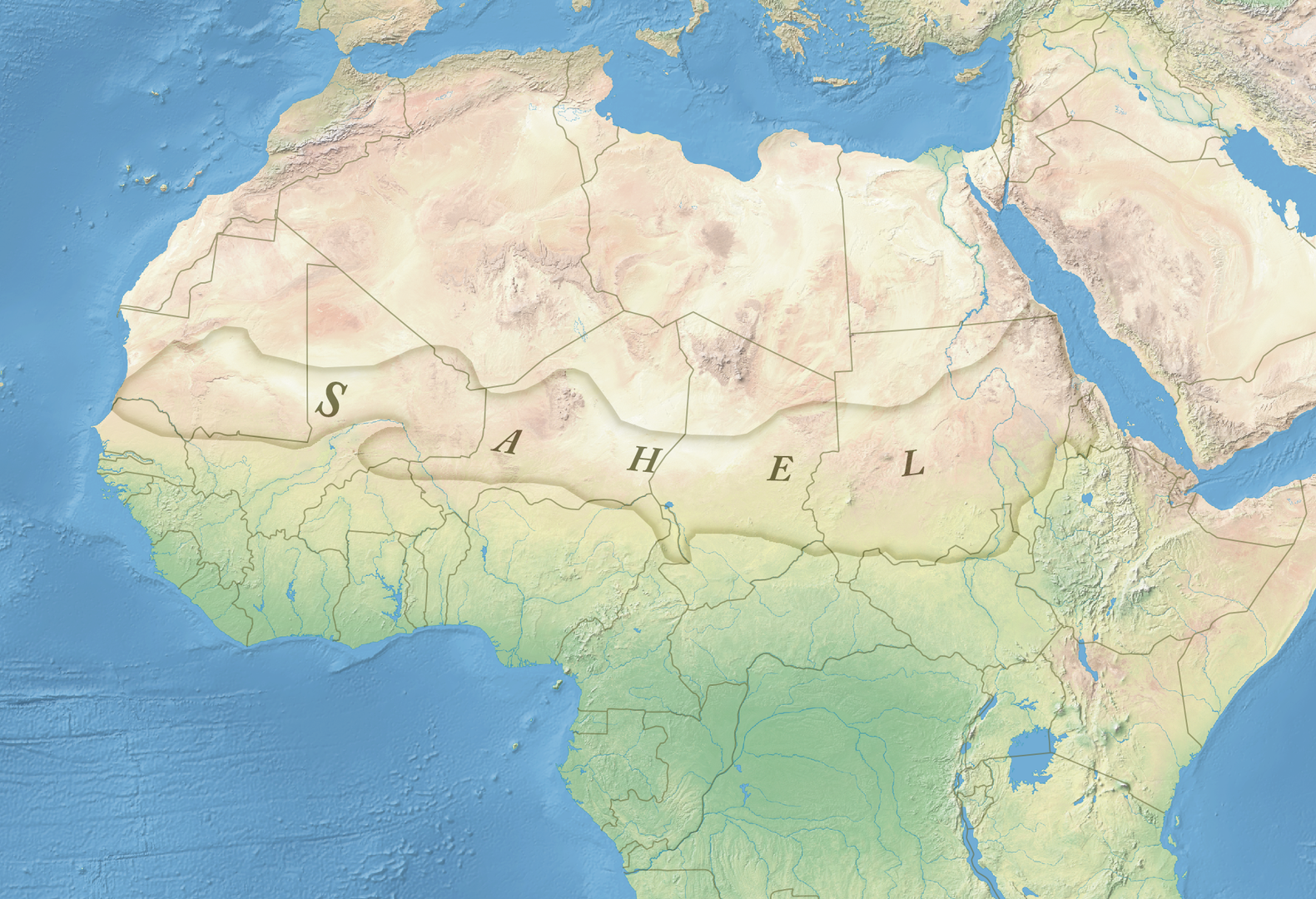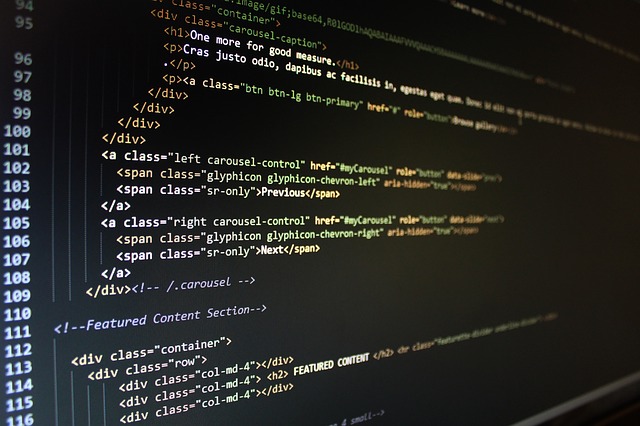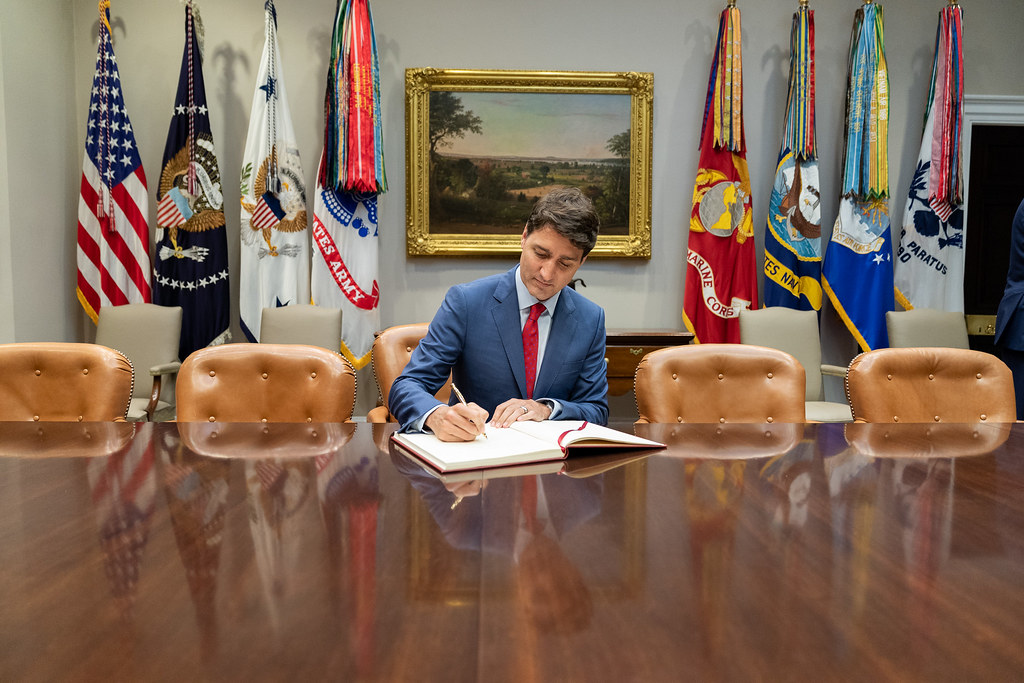Spanning nearly 6000km from Senegal to Sudan, the Sahel is a region in Africa between Saharan and sub-Saharan Africa. Though the region contains portions of 14 countries, this article will refer to Burkina Faso, Chad, Mali, Mauritania, and Niger, a group of former French colonies also called the Group of 5 for the Sahel (G5S), home to more than 80 million people and larger than the European Union in size. The G5S has been entrenched in a decades-old conflict that has involved a multitude of actors, caused and exacerbated by a complex mix of weak state capacity, low levels of development, climate change, and ethnoreligious tensions. Many Western states, including Canada, have taken action in some capacity, with France having the largest role. However, despite billions of euros in spending on security and development for the region, the conflict shows no signs of abating. This raises questions regarding the efficiency of the assistance provided by Western states to the G5S, an issue which this article will explore in more detail.
Though the present-day conflict has complex roots, many of the current Western interventions date back to events in 2012, when armed rebels, veterans of the First Libyan Civil War, gained control over the northern part of Mali. French forces intervened at the Malian government’s request and expelled the rebels, yet the security situation continued to deteriorate in the region due to multiple Islamist insurgencies by groups al-Qaeda, the Islamic State, and their regional associates. Following the initial French intervention, subsequent actions were taken by International actors. Continentally, African-led International Support Mission to Mali (AFISMA) was organized by the Economic Community of West African States (ECOWAS), while further international initiatives with the intention of providing combat support as well as improving domestic capacity include Operation Barkhane (France) and The United Nations Multidimensional Integrated Stabilization Mission in Mali (MINUSMA). Canada supports the French forces through operation FREQUENCE, providing mobility, training the Nigerian forces through Operation NABERIUS, contributing to development in the Sahel through bilateral assistance to both Burkina Faso and Mali, and providing support to MINUSMA. Still, regional fatalities have increased yearly since 2015, with over 4000 civilian deaths being reported in 2019 alone in Burkina Faso, Mali, and Niger. The efficiency and effectiveness of international support are therefore in doubt.
The broader difficulties in achieving regional stability are derived from the evolving complexity of the security situation itself. The present situation is characterized by a growth of extremist movements; highly fractured, notably amorphous, varying by localized conditions and ultimately unpredictable. Crucially, poor governance, low levels of economic development, and weak state capacity catalyze and enable the increasing levels of violent extremism. Simply put, a weak state motivates neglected and marginalized individuals, most notably youth, to become involved with extremist groups who attempt to replace the state by providing certain essential social services. Their capacity to replace the state is derived from their continued funding, sourced from foreign countries or international organizations, family members of armed groups, and illicit trafficking (exploitation of local resources (mainly gold). Therefore, the agenda for stability, both domestically and internationally, lies clearly at the security-development nexus. The European Union’s Partnership neatly exemplifies this approach with the G5 Sahel Countries, an intricate, billion-euro framework that operates on three main tracks: political partnerships, security and stability, and development cooperation. The partnership has produced results in several domains, such as providing support to more than 1 million vulnerable individuals; however, the actions are not sufficient with instability rising. Where is similar support from NATO?
As mentioned in this article, many NATO members have pledged support in various ways (the US also operates a Sahelian security effort based in Niger), yet there is little in the way of collective NATO engagements. Support from NATO, whose members account for 70% of global defense spending, would hardly be unprecedented. In this millennium, NATO has trained Iraqi soldiers to increase capacity against the Taliban, and has deployed to the Gulf of Aden to counter piracy and stabilize the region, both similar in scope to potential Sahel missions. In the Sahel, they could use their comparative advantage relative to other organizations and increase the response’s robustness and efficiency. Though NATO is security rather than development focused, it could lead to combat support and military capacity building while leaving actors such as the EU, the UN, and other states to focus on development and governance. A crucial role for NATO could be eliminating funding to terrorist groups. NATO can employ its vast intelligence resources to identify and disrupt funding sources from abroad, while physically securing resources known to be income sources for terrorists in the Sahel. NATO’s role can expand beyond the combat domain by utilizing its vast resources and supply chains to coordinate the logistics of the international humanitarian and development response, allowing development agencies to allocate more resources to more acute development needs. This article describes a crucial yet understated ongoing conflict, its current international response, and suggests actions that may increase the overall effectiveness of actions to stabilize the region, all in fewer than 1000 words. This is by no means sufficient, yet there is utility in creating a dialogue, nonetheless. The Sahel’s ongoing conflict, driven by grievances, will likely be exacerbated further by Covid-19. The need for enhanced action to quell the violence, previously paramount, will increase in urgency to unprecedented levels. For NATO, the world’s largest defence alliance, this could be a golden opportunity to regain relevance in a post- Cold War world, while providing crucial support to a region in need.
Cover Image: “Map of the Sahel” (2015), by Munion via Wikimedia Commons. Licensed under CC BY-SA 3.0
Disclaimer: Any views or opinions expressed in articles are solely those of the authors and do not necessarily represent the views of the NATO Association of Canada.




